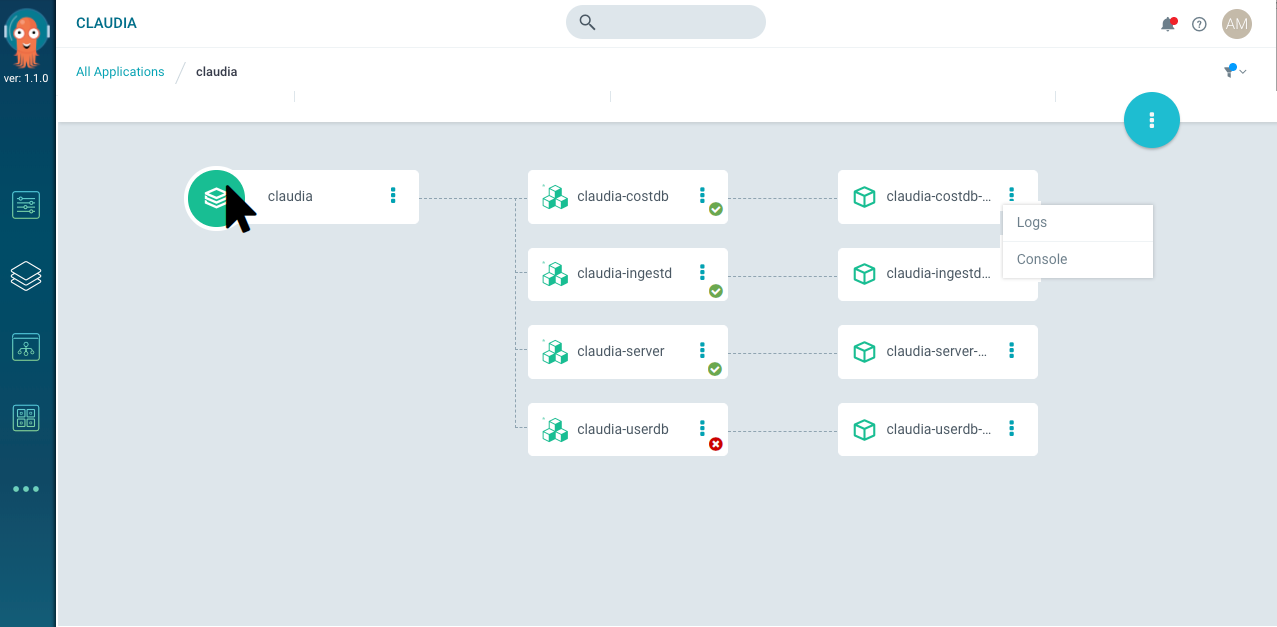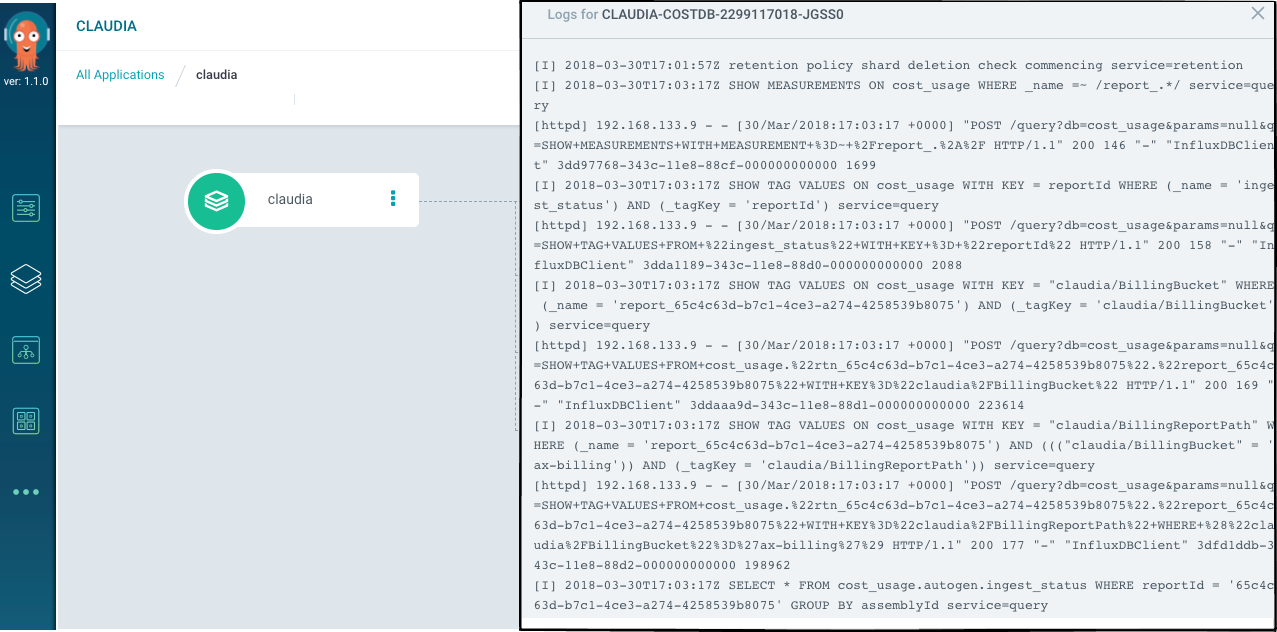Argo CD is a declarative, GitOps continuous delivery tool for Kubernetes.
- Application definitions, configurations, and environments should be declarative and version controlled.
- Application deployment and lifecycle management should be automated, auditable, and easy to understand.
To learn more about Argo CD go to the complete documentation. Check live demo at https://cd.apps.argoproj.io/.
You can reach the Argo CD community and developers via the following channels:
- Q & A : Github Discussions
- Chat : The #argo-cd Slack channel
- Contributors Office Hours: Every Thursday | Agenda
- User Community meeting: First Wednesday of the month | Agenda
Participation in the Argo CD project is governed by the CNCF Code of Conduct
- Awesome-Argo: A Curated List of Awesome Projects and Resources Related to Argo
- Unveil the Secret Ingredients of Continuous Delivery at Enterprise Scale with Argo CD
- GitOps Without Pipelines With ArgoCD Image Updater
- Combining Argo CD (GitOps), Crossplane (Control Plane), And KubeVela (OAM)
- How to Apply GitOps to Everything - Combining Argo CD and Crossplane
- Couchbase - How To Run a Database Cluster in Kubernetes Using Argo CD
- Automation of Everything - How To Combine Argo Events, Workflows & Pipelines, CD, and Rollouts
- Environments Based On Pull Requests (PRs): Using Argo CD To Apply GitOps Principles On Previews
- Argo CD: Applying GitOps Principles To Manage Production Environment In Kubernetes
- Creating Temporary Preview Environments Based On Pull Requests With Argo CD And Codefresh
- Tutorial: Everything You Need To Become A GitOps Ninja 90m tutorial on GitOps and Argo CD.
- Comparison of Argo CD, Spinnaker, Jenkins X, and Tekton
- Simplify and Automate Deployments Using GitOps with IBM Multicloud Manager 3.1.2
- GitOps for Kubeflow using Argo CD
- GitOps Toolsets on Kubernetes with CircleCI and Argo CD
- CI/CD in Light Speed with K8s and Argo CD
- Machine Learning as Code. Among other things, describes how Kubeflow uses Argo CD to implement GitOPs for ML
- Argo CD - GitOps Continuous Delivery for Kubernetes
- Introduction to Argo CD : Kubernetes DevOps CI/CD
- GitOps Deployment and Kubernetes - using Argo CD
- Deploy Argo CD with Ingress and TLS in Three Steps: No YAML Yak Shaving Required
- GitOps Continuous Delivery with Argo and Codefresh
- Stay up to date with Argo CD and Renovate
- Setting up Argo CD with Helm
- Applied GitOps with Argo CD
- Solving configuration drift using GitOps with Argo CD
- Decentralized GitOps over environments
- Getting Started with ArgoCD for GitOps Deployments
- Using Argo CD & Datree for Stable Kubernetes CI/CD Deployments
- How to create Argo CD Applications Automatically using ApplicationSet? "Automation of GitOps"
- Progressive Delivery with Service Mesh – Argo Rollouts with Istio










